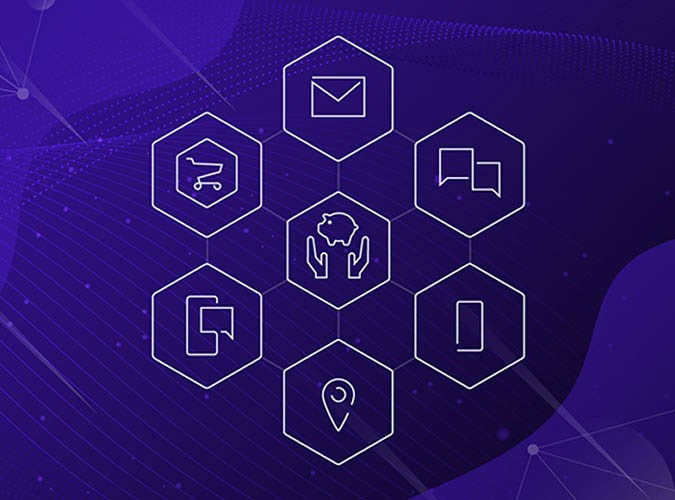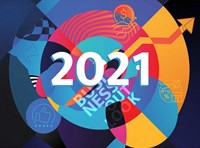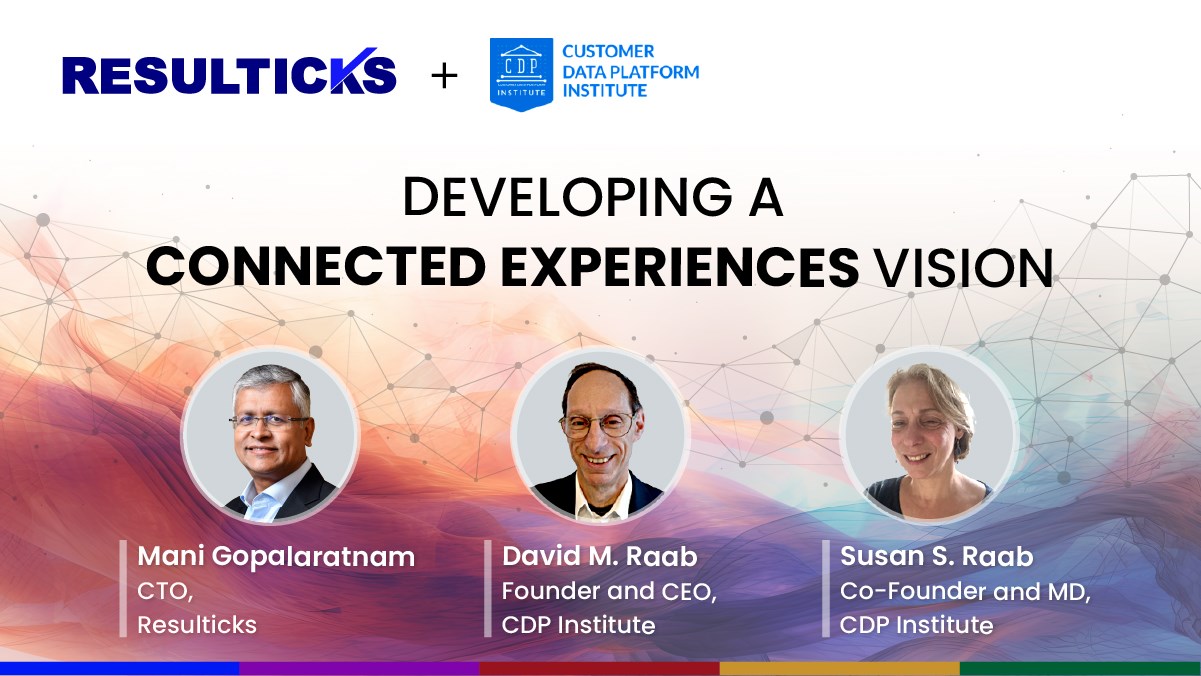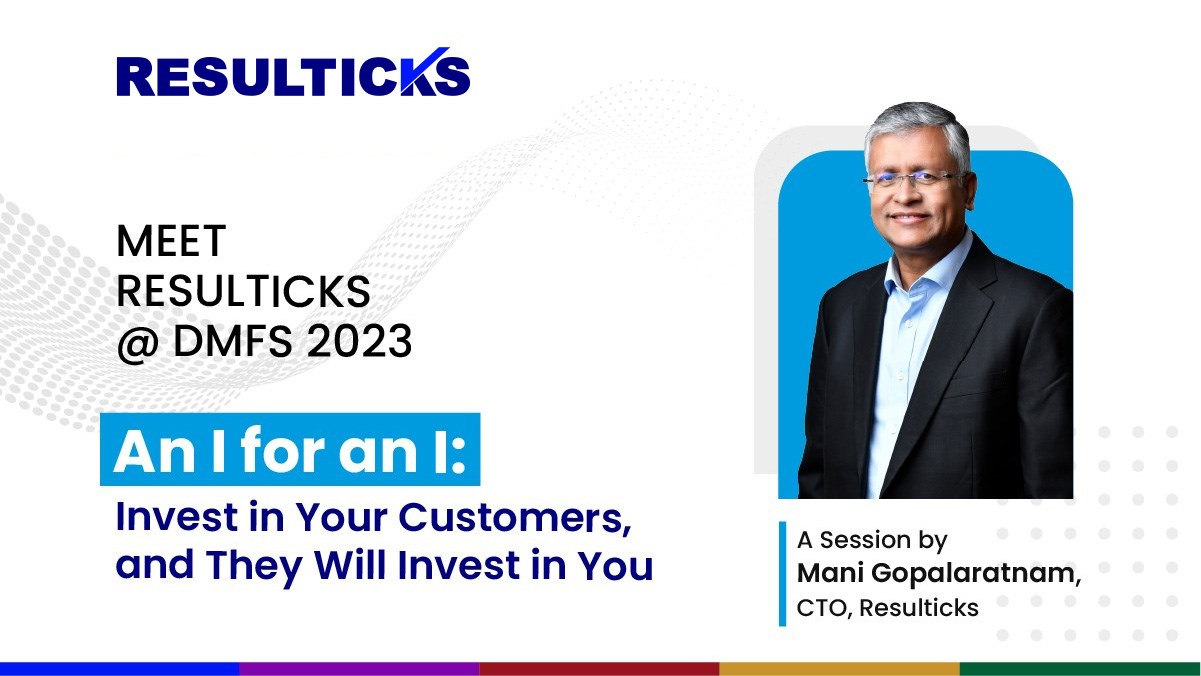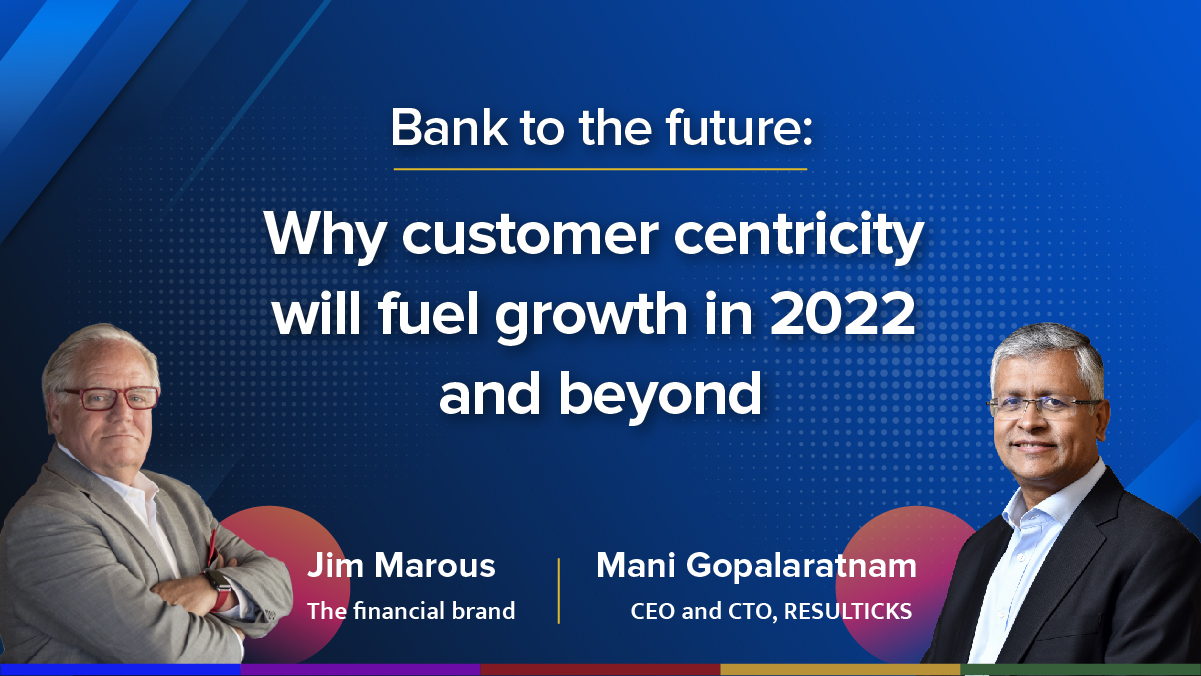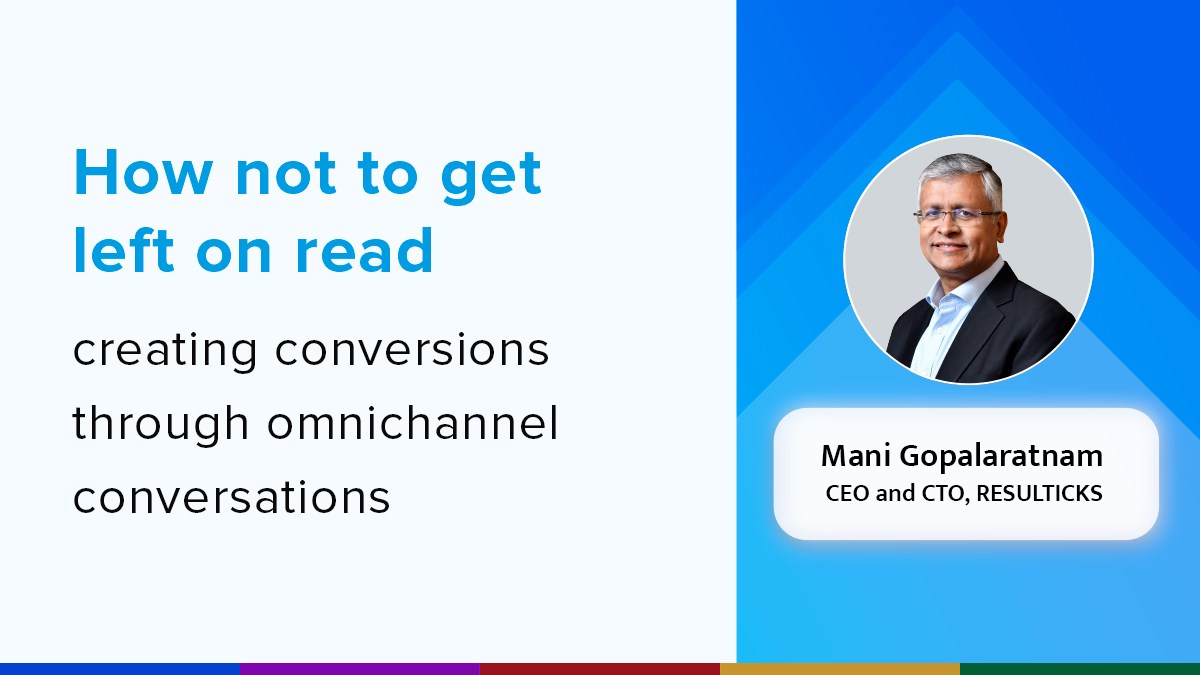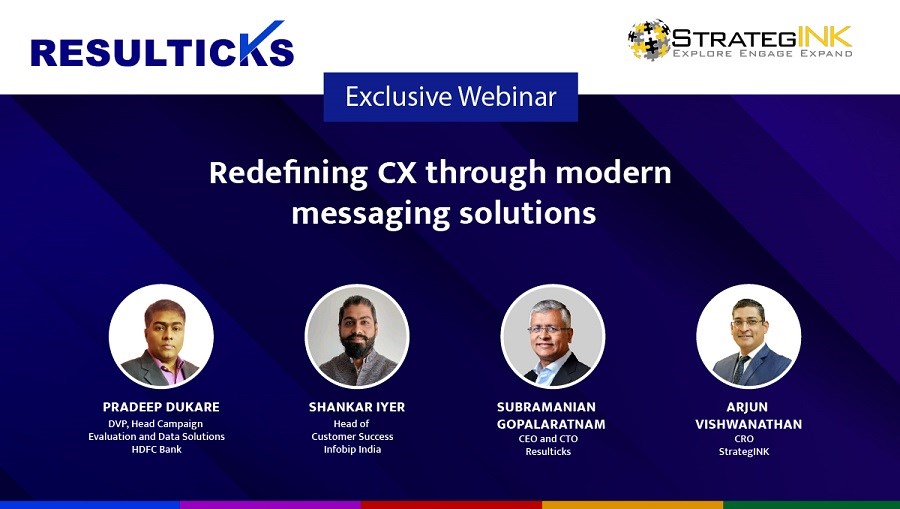As new channels and devices proliferate, as increasingly digitally-savvy consumers adopt new behavioral patterns and shifting expectations of what amounts to “good service,” as business models undergo digital transformations, the banking, financial services, and insurance (BFSI) industry is in the midst of lasting changes.
BFSI businesses are understandably endeavoring to stay ahead of the industry curve, all while maintaining a focus on the fundamental issues of cost reduction, revenue growth, and risk mitigation. Their digital transformations are not just about technological adjustments; they will impact everything from customers, employees, partners, and even products. More importantly, it is a journey driven by the various challenges and opportunities sweeping the BFSI industry.
The key areas of challenges
1. Customer
- Manage decreasing consumer trust and rising privacy demands.
- Understand where, when, and how to engage each customer and meet their evolving needs in real-time.
- Monitor customer perceptions and interactions to identify what is drawing them to or pushing them away from, the brand.
- Implement the right omnichannel customer engagement initiatives to reduce churn and cultivate long-term loyalty.
2. Product
- Leverage data-driven insights to differentiate brand offerings.
- Gauge customer interests or lack thereof in different products based on a diversity of behavioral, transactional, demographic, psychographic, and contextual data.
- Personalize products and services for individual customers.
- Identify, strategize, and implement more efficient product distribution processes.
3. Business model
- Develop a business model that is a win-win for customers and partners alike.
- Continue cost reduction and profitability without compromising on customers, employees, and partners.
- Assess whether the costs of implementation and maintenance for the chosen business model are viable.
- Balance regulatory compliance and business model agility.
4. Technology
- Map out existing tech-stack and identify gaps.
- Create a map for integrating the various systems in the tech-stack?
- Determine a plan for effectively utilizing the data stored across systems?
- Develop a roadmap for seamlessly transitioning from legacy systems to new solutions with minimal disruptions to customers, partners, and employees.
- Explore will the current and new technologies impact business model.
- Minimize technology-related risks during and after implementation.
- Calculate the costs of digitizing available data to support the necessary technology transformation.
5. Skills
- Map out the existing skill gaps that are impeding the digital transformation journey.
- Identify the new skill sets required from employees and partners.
- Decide the training and change management initiatives to ensure the successful acquisition of the new skill sets.
- Overcoming digital transformation challenges.
To facilitate their digital transformation journeys, BFSI businesses can focus on the following areas:
Integrate all distribution channels
By eliminating data and communication silos, the business can achieve greater cost efficiencies and deliver more consistent customer experiences across relevant touchpoints. As brands reduce fragmented, uncoordinated communications over time, they will very likely see increased product or service consumption, reduced churn, and improved referrals.
Connecting online and offline touchpoints
Omnichannel is about engaging customers wherever and whenever they prefer. Therefore, the business needs to be able to continue and in fact augment customer experiences at offline touchpoints as well.
It will have to introduce new channels, devices, as well as the robust audience identity resolution capabilities to seamlessly connect online-offline interactions and accurately attribute offline conversions in the context of ongoing omnichannel customer journeys.
Continuously unify and augment customer data
To not only personalize but optimize customer engagement, the business needs to consolidate their audience data to achieve a singular customer view. It has to continuously augment such individual profiles with a wide variety of data from internal and external sources. This helps the business rely on data-driven insights instead of assumption, empowering it to act in context and deliver frictionless customer journeys for maximum impact.
Develop capabilities to respond to real-time customer behavior
It is not enough to integrate data across channels and systems. Given the constant shuffle of customers between the online and offline worlds, the business needs the right capabilities to monitor their behavior and respond to critical, highly specific triggers in real-time—and at scale—with the right communications, offers, product recommendations and more. All of this helps the business make the most of valuable, though fleeting, opportunities for deeper personalization.
Derive customer propensities to optimize communications and transactions
With the help of the right AI and machine learning models, the business will be able to derive individual customer propensities in terms of channel, time, content, offer, and more, which can further prevent spray-and-pray communications and optimize customer engagement efforts.
Orchestrate unique customer journeys for different product and service types
It is critical to orchestrate dynamic journeys that evolve with the individual customer. The business will have to gradually determine the products and services most suitable for each customer as they interact over time, across channels, and gradually down the funnel.
Design new business models to maximize potentials from new technologies
The adoption of new technologies will likely open up new growth opportunities. For instance, asset-lite and crowd-sourcing enabled business models could enable the BFSI organization to differentiate its product and service offerings, leading to increased customer onboarding and revenue growth.
Ensure organization-wide commitment to transformation
As I mentioned earlier, digital transformation will impact the entire BFSI business, and it requires participation from employees across departments. A successful digital transformation journey hinges on not just the right technology; it can only proceed through the willingness of all stakeholders to be individual catalysts for change and put customers at the center of everything that they do.
Globalization and innovations have completely transformed how customers perceive and interact with brands. In the face of rapid changes, BFSI businesses need to have a clear understanding of what “digital transformation” means for them as well as the tools, talents, and strategies they need to achieve it.

